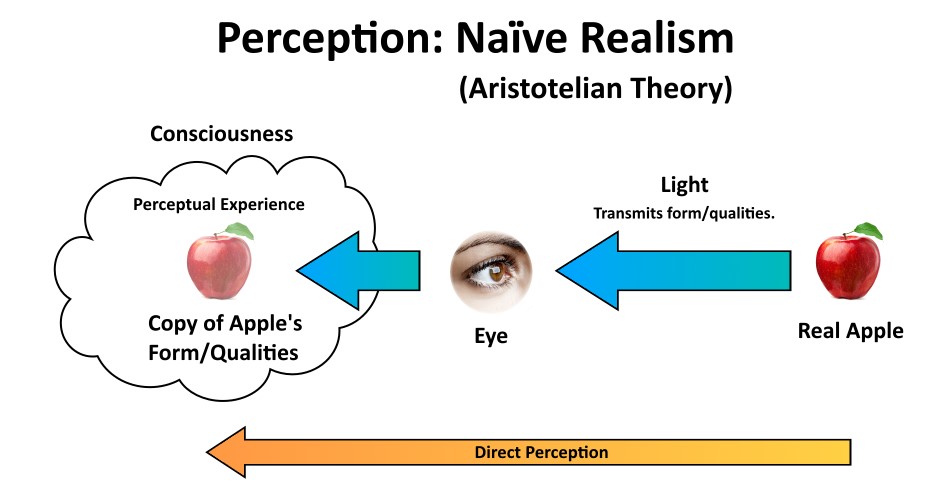Naive realism is a cognitive bias that involves the assumption that our perception of the world is an objective reflection of reality. It suggests that people tend to believe their perceptions are accurate and unbiased, often failing to recognize the influence of their own subjective experiences and biases. In this article, we will explore naive realism, its explanations, provide examples, and offer practical solutions to mitigate its effects.
Understanding Naive Realism
Naive realism is the tendency to believe that we see the world as it truly is, without realizing that our perceptions are filtered through our personal experiences, beliefs, and biases. It leads individuals to assume that their perspective is the only correct one, while others’ views are distorted or biased.
Explanations
Perceptual Subjectivity: Naive realism arises from the subjectivity of perception. Our senses, emotions, and past experiences all shape how we perceive and interpret the world.
Cognitive Dissonance: People are often uncomfortable with the idea that their beliefs may be biased, so they cling to the notion of objectivity to avoid cognitive dissonance.
Confirmation Bias: Naive realism is reinforced by the tendency to seek out information and perspectives that align with one’s existing beliefs, further solidifying the illusion of objectivity.
Examples
Political Beliefs: Individuals from different political backgrounds may each believe they have an objective view of political reality, while seeing the other side’s perspective as misguided or biased.
Religious Beliefs: People of different faiths may consider their religious beliefs as absolute truths, while viewing other religions as subjective or flawed.
Interpersonal Conflicts: In disputes or conflicts, both parties may believe they are objectively right, failing to recognize their own biases and subjective viewpoints.
Solutions
Empathy and Perspective-Taking: Develop empathy and actively engage in perspective-taking to understand the viewpoints of others, recognizing that their perspective is as valid to them as yours is to you.
Critical Self-Reflection: Practice critical self-reflection to identify and acknowledge your own biases and subjective experiences that shape your beliefs and perceptions.
Open-Mindedness: Cultivate an open-minded attitude that allows for the possibility that your perspective is not the only valid one, and be willing to consider alternative viewpoints.
Diverse Information Sources: Seek out diverse information sources and engage with a variety of perspectives to challenge and broaden your own views.
Conclusion
Naive realism is a cognitive bias that highlights the challenge of recognizing and understanding our own subjectivity in perceiving and interpreting the world. By practicing empathy and perspective-taking, engaging in critical self-reflection, embracing open-mindedness, and seeking out diverse information sources, individuals can begin to mitigate the effects of naive realism and develop a more nuanced and empathetic approach to their beliefs and interactions with others.
